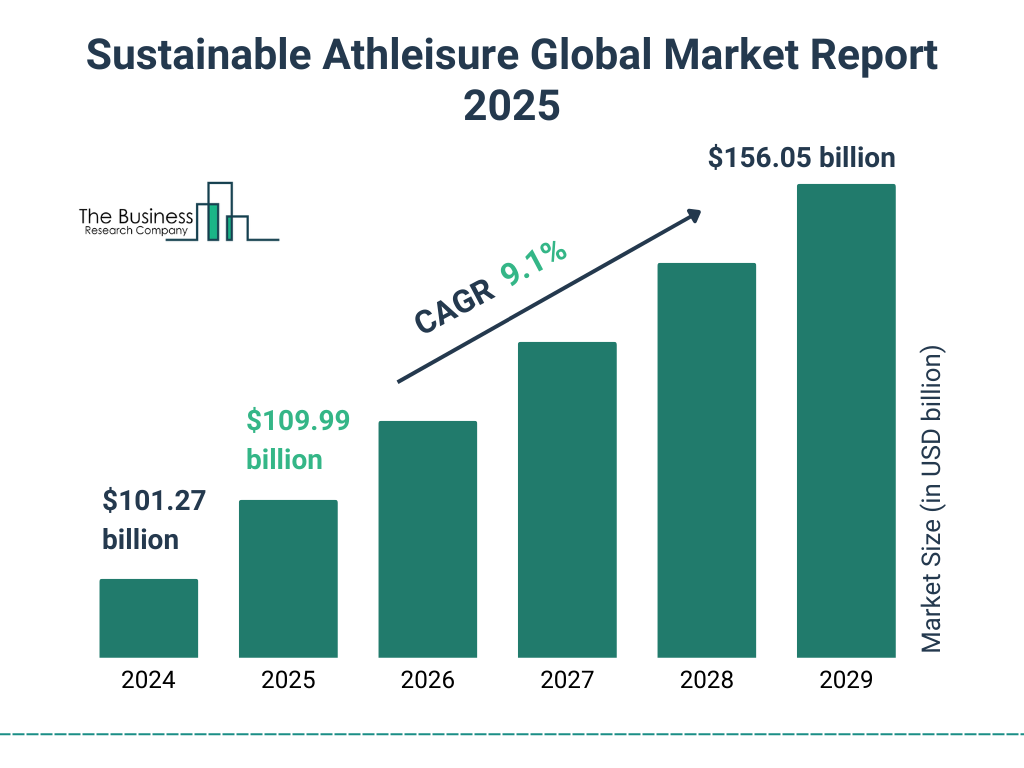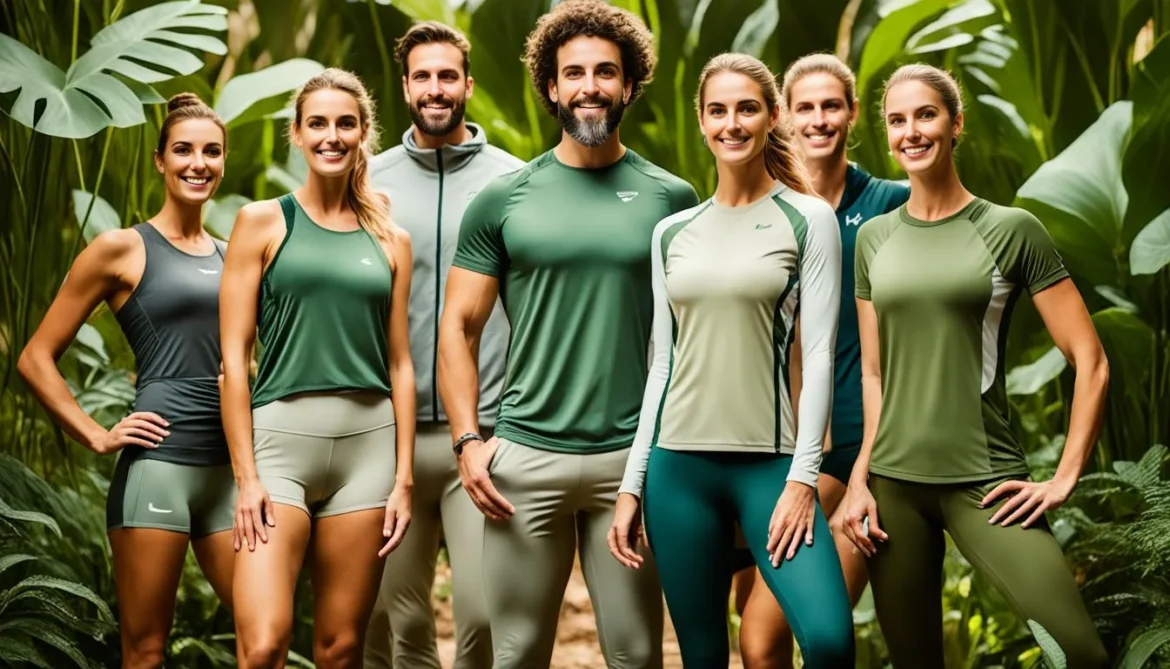In 2025, the sportswear industry is undergoing a green revolution. As climate consciousness deepens among athletes and consumers alike, sustainable sportswear has transformed from a niche market into a full-blown movement. From recycled fabrics to biodegradable gear, the demand for eco-friendly athletic wear is reshaping how performance and planet-friendly fashion intersect.
Here’s a deep dive into the latest trends in sustainable activewear that athletes, fitness enthusiasts, and brands are embracing in 2025.
Why Sustainability Matters in Sportswear
Athletes are increasingly aware that peak performance shouldn’t come at the planet’s expense. With global concerns over fast fashion waste, water pollution, and carbon emissions, green athletic wear is becoming the new standard for those who want to stay fit and stay responsible.
Moreover:
- Gen Z and Millennial consumers prioritize eco-conscious choices in their apparel
- Major sporting events are now promoting sustainable uniforms and merchandising
- Athlete influencers are vocal advocates for environmental responsibility, boosting brand accountability
Trending Sustainable Materials in 2025
One of the biggest game-changers in eco-friendly fitness apparel has been the shift toward innovative and biodegradable materials.
Popular sustainable fabric choices include:
- Recycled polyester (rPET): Created from post-consumer plastic bottles, it reduces landfill waste while maintaining performance quality.
- Organic cotton: Grown without pesticides or synthetic fertilizers, ideal for breathable, low-impact training gear.
- TENCEL™ and Modal: Sourced from wood pulp, these are soft, sweat-wicking, and biodegradable.
- Bamboo blends: Naturally antibacterial, moisture-wicking, and increasingly popular in yoga and loungewear sets.
- Upcycled ocean plastic: Used in leggings, swimsuits, and running shoes by brands partnering with marine conservation organizations.
These sustainable textile innovations offer durability and comfort without compromising environmental integrity.
Smart Production and Circular Fashion
The industry isn’t just rethinking fabrics — it’s rethinking the entire lifecycle of sportswear.
Key practices in 2025 include:
- Zero-waste manufacturing: Brands like Patagonia and Girlfriend Collective use laser-cutting techniques to minimize fabric waste.
- Closed-loop systems: Worn gear can be returned, recycled, and repurposed into new items.
- On-demand production: Some companies only produce items when ordered, reducing overstock and waste.
This movement toward circular fashion in sportswear encourages conscious consumption and reusability.

Stylish and Sustainable: Fashion Meets Function
Gone are the days when sustainable meant plain or boring. Today’s eco-conscious sportswear is stylish, sleek, and performance-ready.
Trending design elements include:
- Earth tones and nature-inspired prints
- Minimalist cuts that reduce material usage
- Modular sportswear, where multiple pieces can be mixed, matched, or worn in various ways
- Unisex styles, reducing production complexity and waste
From eco-friendly gym wear to high-performance running gear, 2025 proves you don’t have to sacrifice style for sustainability.
Leading Brands Setting the Standard
A growing number of brands are committing to sustainable goals — and athletes are paying attention.
Top brands in the 2025 sustainable athletic wear market include:
- Nike Move to Zero: With recycled yarns and carbon neutrality goals, Nike is pushing green boundaries.
- Adidas x Parley: This long-standing partnership continues to create sleek performance shoes made from ocean plastic.
- Allbirds: Expanding from footwear into apparel, Allbirds focuses on carbon labeling and biodegradable materials.
- Pangaia: Known for science-based innovations and climate-positive manufacturing.
- Tentree and Girlfriend Collective: Offering full transparency on production and ethical labor standards.
Even smaller indie brands are gaining traction through their commitment to ethical production, local sourcing, and low-impact dyeing techniques.
Consumers Driving the Change
Athletes and fitness enthusiasts are no longer passive consumers — they are demanding transparency and ethical standards from their favorite brands.
Key consumer behaviors:
- Checking carbon footprint labels
- Choosing brands that offset emissions
- Supporting companies with sustainable packaging and shipping
- Following athlete influencers promoting conscious fitness fashion
Social media has played a vital role in spreading awareness, with hashtags like #SustainableSportswear, #EcoActivewear, and #GreenGymGear trending across platforms.
How to Make the Switch
Thinking of updating your wardrobe with more sustainable options? Here are practical tips:
- Start small: Replace worn-out basics with eco-conscious alternatives
- Buy less, choose well: Invest in quality pieces that last longer and serve multiple functions
- Support local or B-Corp certified brands
- Care properly: Wash clothes in cold water, avoid tumble drying, and use eco detergents to extend their life
- Recycle or donate: Avoid sending gear to landfills — donate or return to brands with recycling programs
Remember, every conscious choice makes a difference.
Sustainability in sportswear is no longer a trend — it’s the future. In 2025, eco-friendly sportswear is defining not just what athletes wear, but how they think, train, and advocate for the planet. Whether you’re a professional runner, a weekend hiker, or a yoga enthusiast, embracing sustainable activewear means joining a global movement for healthier people and a healthier planet.

